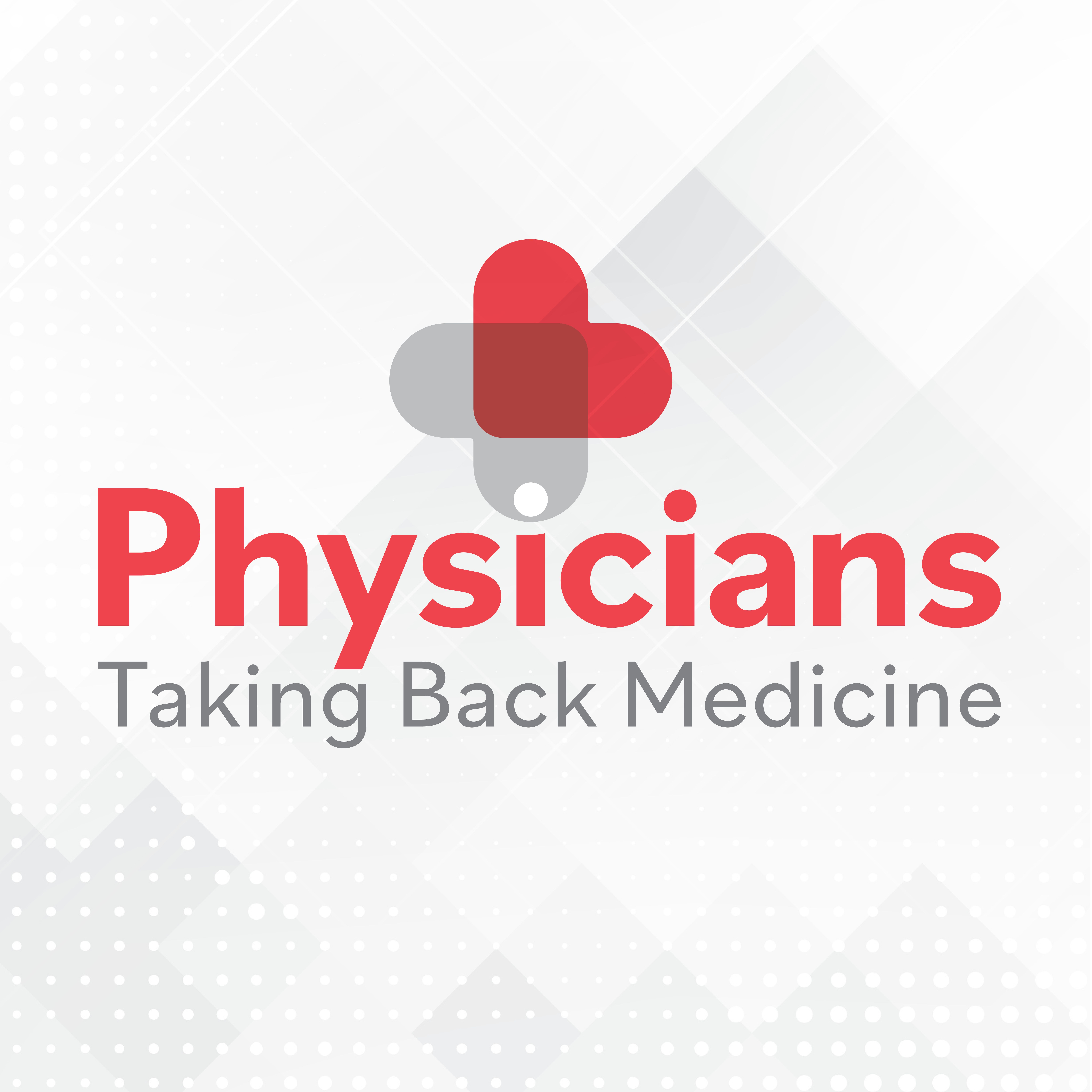News
Article
Physician associates to AMA: Quit 'tearing down' other health care providers
Author(s):
American Academy of Physician Associates says patients face health care shortages as American Medical Association suppresses modernization efforts.
© Andrey Popov - stock.adobe.com.jpeg

The American Medical Association is spreading misinformation and using fear-mongering about “scope creep” to stifle modernized practice rules as patients face shortages in health care, physician associates say.
The American Academy of Physician Associates (AAPA) represents more than 178,000 physician associates (PAs) who say it’s time for doctors to stop denigrating the work of nonphysician health care providers. Instead, physicians and PAs must ramp up a dialogue about solving the national health care crisis.
This week, APAA President and Board of Directors Chair Jason Prevelige, DMSc, MBA, PA-C, DFAAPA, and organization CEO Lisa M. Gables, CPA, sent a missive to AMA President Bruce A. Scott, MD. They are asking the AMA to stop its continuing “scope creep” campaign that opposes state and national legislation that would expand practice abilities and remove limitations for PAs and other clinicians. AAPA asked Scott for a response by Aug. 30 so the organizations could convene to discuss future collaboration.
‘Fighting scope creep’
AMA in recent times has not been shy about demanding that physicians lead health care teams.
“There is certainly room for improvement in the U.S. health system, but allowing nonphysicians such as nurse practitioners (NPs) or physician assistants to diagnose and treat patients without any physician oversight is a step in the wrong direction,” said “Advocacy in action: Fighting scope creep,” the organization’s web page on the issue.
AMA “achieved more than 100+ state-level victories in 2023 in strong collaboration with our Federation of Medicine partners,” the website said. This year’s tally of opposition is up to more than 30 states so far.
AAPA put it another way. Last year, AMA “obstructed more than 100 bills aimed at expanding access to care and modernizing health care laws,” Prevelige and Gables said in the letter.
“This obstructionism is not merely a setback but a significant barrier to addressing the pressing challenges within our healthcare delivery system,” they said. “Your campaign against ‘scope creep’ is a thinly veiled effort to maintain outdated practices, rather than confronting the urgent issues we face today.”
In short supply
Among those issues: “one of the greatest provider shortages in history, with patient demand rapidly outpacing provider supply,” the AAPA letter said. In just two years, there will be a shortage of 3.2 million health care workers. Right now, 75 million people do not have adequate access to primary care and 122 million do not have adequate access to mental health care.
“In this critical moment, the focus must be on building a stronger, more resilient health care system – not on tearing down other professions,” Prevelige and Gables said.
Harming patients?
The AMA is making misleading and damaging claims about PAs, up to asserting that modernized health care practice laws are harming patients, according to AAPA. Prevelige and Gables cited a December 2023 analysis of 10 years of medical malpractice payment report data, which showed no increase in malpractice payments in states with more permissive PA practice environments.
“In fact, such environments have led to a reduction in malpractice payments for both PAs and physicians, highlighting that modernized practice laws improve patient safety,” the letter said.
The AMA website says doctors have 20 times the clinical training of NPs, with much of it hands-on instruction, while 60% of NP training programs mostly or completely online. The training, or lack of, has a cost: more X-rays, more biopsies, and more prescriptions for antibiotics and opioids.
How do patients feel?
AMA and AAPA split over patient sentiment.
AAPA cited its commissioned Harris Poll finding that 76% of patients prioritize the quality of care over the type of provider they see. That underscores “the need to focus on care excellence rather than outdated hierarchies,” and PAs have more than 500 million patient interactions a year.
“PAs undergo rigorous education and training to practice medicine, and their commitment to continuous learning and certification ensures they provide high-quality, expert care,” the letter said. “This dedication to training and patient outcomes proves that the real focus should be on enhancing care quality, not preserving antiquated notions of provider hierarchy.”
AMA cited its own 2021 poll of patients, with 95% agreeing it is important to them for a physician to be involved in diagnosis and treatment decisions. Just 3% said it was not important to have doctors involved with treatments such as anesthesia, surgery or other invasive medical procedures.
Changing laws
In the legislatures, AMA’s record of resistance to state and federal bills is hindering progress, especially in underserved communities. In the midst of a provider shortage, AMA actions opposing public funding for PA training programs “call into question the AMA’s motives and if the organization is truly focused on patients,” the letter said.
“The relentless attempt to control PAs and other providers is self-serving and irresponsible,” the letter said. The AMA survey found 62% of U.S. voters said patients are most likely to be harmed from scope of practice changes, and just 9% said they would benefit.





